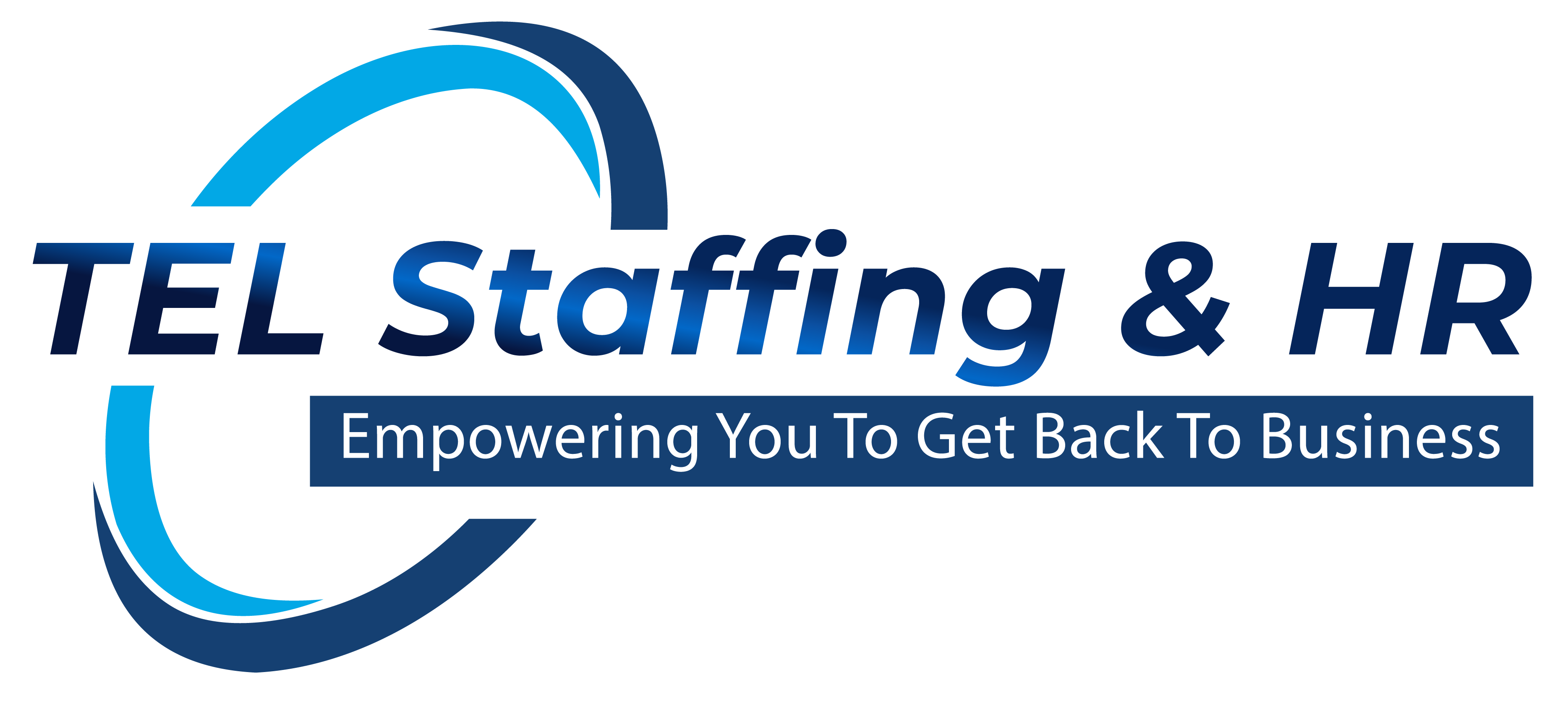If you’re a business owner or HR leader, you’ve probably heard of the EEO-1 Report—but do you really understand what it is, why it matters, and what happens if you get it wrong?
The truth is, filing your EEO-1 Component 1 and Component 2 data isn’t just a formality, it’s a federal requirement, and failure to comply could put your business at serious risk of penalties, audits, or worse. But don’t worry, we’re breaking down exactly what you need to know to stay compliant, protect your brand, and use the data to your strategic advantage.
What Is the EEO-1 Report, Exactly?
The EEO-1 Component 1 report is an annual requirement from the U.S. Equal Employment Opportunity Commission (EEOC) for private-sector employers with 100 or more employees and federal contractors with 50 or more employees (and a contract of $50,000 or more). It collects demographic workforce data, including the number of employees by job category, race/ethnicity, and sex.
Component 2, which has been reintroduced in recent years, focuses on employee compensation and hours worked, adding an extra layer of transparency around pay equity.
Source: EEOC EEO-1 Data Collection Overview
Why Compliance Matters (More Than You Think)
Failing to file your EEO-1 report—or submitting inaccurate or late data—can result in:
- Federal penalties or sanctions
- Contract loss if you're a federal contractor
- Heightened scrutiny or audits from the EEOC or Office of Federal Contract Compliance Programs (OFCCP)
- Reputational damage around diversity and pay equity issues
In 2023, the EEOC doubled down on enforcement, flagging hundreds of companies for failure to report or inaccurate submissions. In other words: they’re always watching you, Wazowski 👀.
Common Mistakes That Could Cost You
Even well-meaning employers make mistakes. Here are a few red flags to avoid:
- Missing the filing deadline (the 2025 EEO-1 Component 1 portal is expected to open May 20th and close June 24th, keep an eye on eeocdata.org for updates)
- Inconsistent job category assignments
- Incorrect race/ethnicity reporting
- Failing to submit Component 2 when required
Pro Tip: Use Your Data Strategically
EEO reporting isn’t just a compliance task, it’s a goldmine of insights if you know how to use it. Component 1 and 2 data can help you uncover patterns in diversity, compensation, and workforce structure that might otherwise go unnoticed.
- Uncover pay disparities and take action before regulators do
- Strengthen your diversity, equity, and inclusion (DEI) efforts
- Provide transparency to job seekers and stakeholders
It’s not just about checking a box, it’s about making smarter, data-backed decisions for recruiting, retention, and internal growth. When used well, EEO data becomes a tool for accountability, transparency, and long-term strategic planning.
Stay Compliant (and Stress-Free) with TEL Staffing & HR
Navigating the complexities of EEO reporting doesn’t have to keep you up at night. At TEL Staffing & HR, we help businesses of all sizes stay ahead of compliance, avoid fines, and turn their workforce data into strategic insights.
Need help with your EEO filing? Let TEL take it off your plate. Contact us today to make EEO compliance one less thing to worry about.



